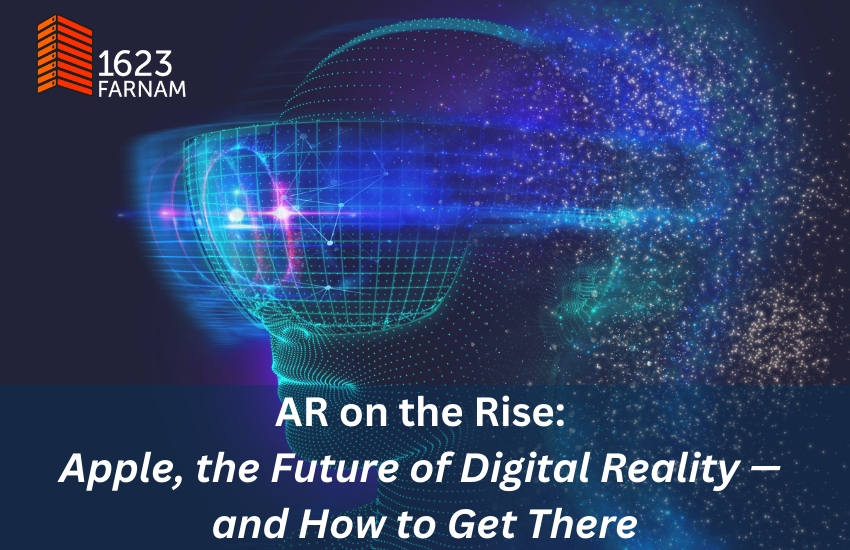Augmented and virtual reality are no longer a new concept. Iterations of this technology began as early as the 1960s with the Sword of Damocles headset, but today, they’re reaching new (and more commercially available) heights. In fact, Apple created newfound buzz around the idea of extended realities with the much-discussed release of their Vision Pro product. Of course, this latest version from Apple — which uses 12 cameras, six microphones and five sensors to achieve its functionality — is far from the first or only wearable of its type. Other hyperscalers like Google and Microsoft are in on this potential cash cow with their own headsets, called the Project Iris and Hololens respectively.
The true value and potential of AR and VR are hotly debated, and so far, many would say that we have yet to hit a true success. Still, the promises of this technology keep us coming back and innovating, honing our approach and trying new strategies to help this tool deliver. In fact, the market for these technologies is still expected to reach over $52 billion by 2027.
However, this begs the question (at least for a data center and connectivity partner like us, anyway): How are these technologies and applications really being brought to market? On the backend, how is IT infrastructure being built to deliver the game-changing low latencies, robust capacities and levels of data mobility and accessibility that these devices demand?
Giving AR an Edge
Bridging the physical and virtual worlds is no easy task, and edge data centers like us are at the epicenter of this movement towards mixed digital experiences.
Don’t miss our thoughts on Augmented and Virtual Reality Here
Many people have a lot of questions about what exactly AR and VR are, how they work, what the possibilities are and how they function within the framework of data centers and networks.
The good news is that we have those answers.
For a crash course on AR, VR and MR (beginning with: What even are these acronyms, exactly?), don’t miss these handy resources:
Alternatively, maybe you’re way past the basics of these technologies, and you’re on your way to trying to build out some of these capabilities or enable these use cases yourself. We’ve got some information for that too: Learn more about the hurdles to AR/VR adoption.
Pro tip: Understanding how to empower these applications means understanding how the edge plays a role — and how this technology can be applied across industries. Check out this blog for more.
Overall, as firm proponents of the power of IT, there’s no question whether we believe that AR and VR have the power to revolutionize our world. That’s why we support the development of these technologies through events like AR/VR Developer Challenges. As the world iterates on this technology, there undoubtedly will always be a market for new, fresh takes on this revolutionary tool.
To learn more about 1623 Farnam’s edge data center solutions, click here.


